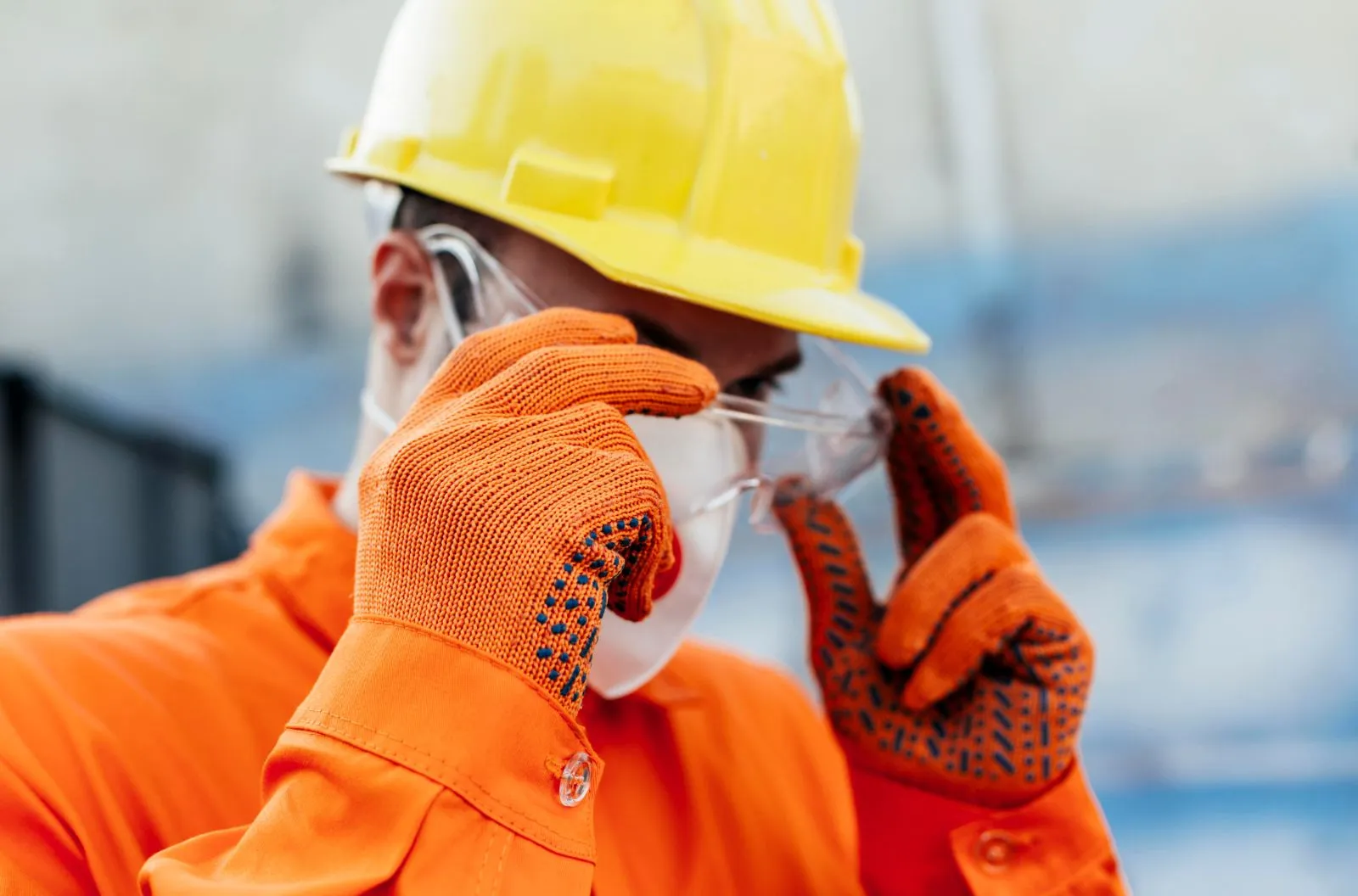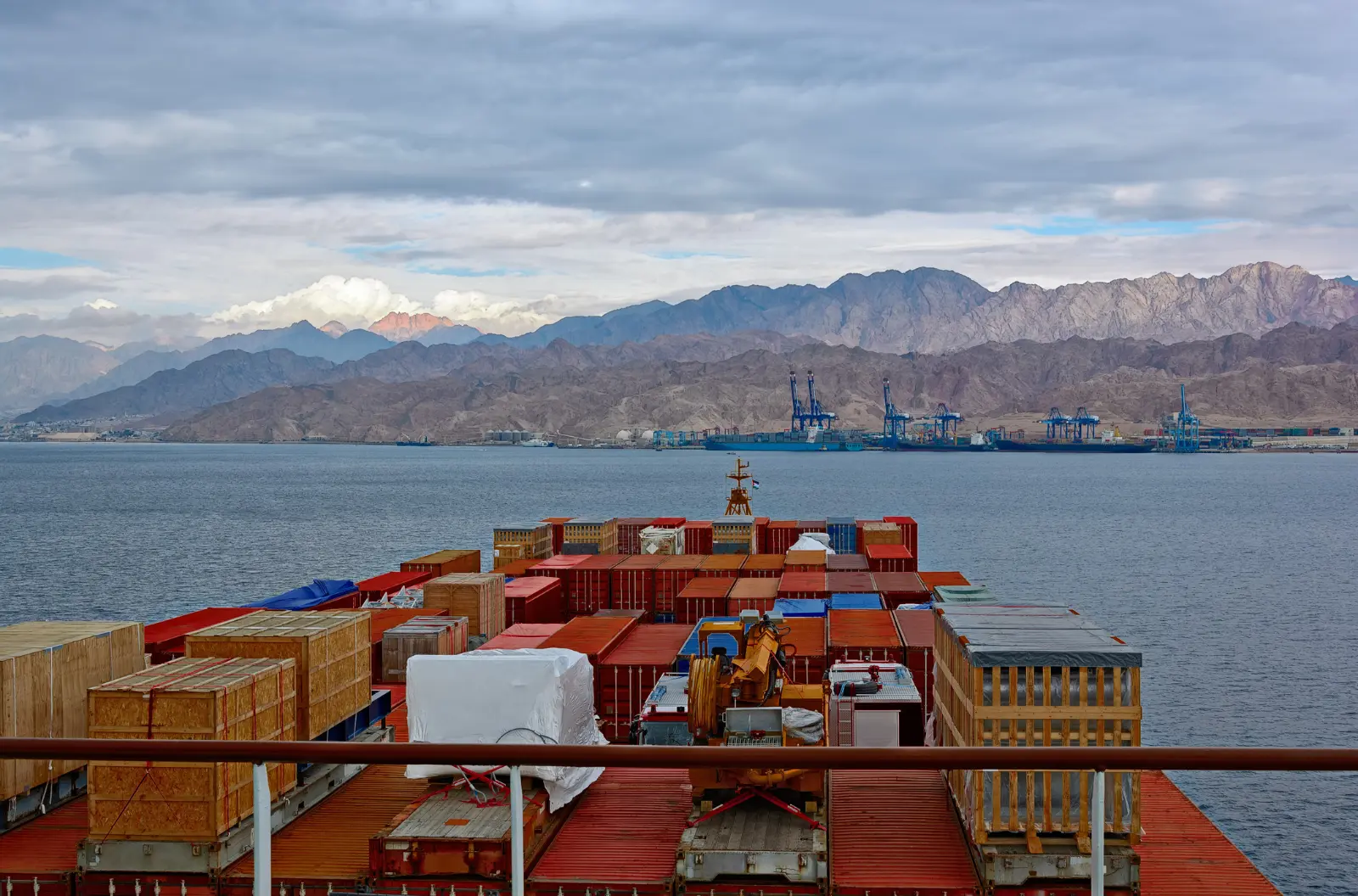In the chemical industry, where workers are regularly exposed to hazardous materials, the importance of Personal Protective Equipment (PPE) cannot be overstated. This equipment is the first line of defense against numerous safety risks, including chemical burns, inhalation of toxic fumes, and physical injuries. This comprehensive guide will delve deeper into the types of PPE necessary in the chemical sector, criteria for selecting the right equipment, and the essential maintenance practices to ensure these tools provide maximum protection.
Importance: Chemical vapors and dust can cause serious respiratory issues. Effective respiratory PPE is vital for employees working with or around hazardous substances.
Function: Protects against inhalation of hazardous substances.
Options: Selection ranges from simple disposable masks for minor hazards to more robust respirators with filters that can protect against a variety of chemical exposures.
Types
Disposable Masks: For low-risk exposure to dust and fumes.Half-Face Respirators: For moderate risk, covering the nose and mouth. Full-Face Respirators: Offer full face protection against gases, vapors, and particulates. Considerations: Factors like the specific chemicals handled and the operation’s environment should dictate the choice of respiratory protection.
Importance: The eyes and face are particularly vulnerable to chemical splashes and irritating vapors.
Function: Shields against chemical splashes and harmful exposure.
Options: Safety goggles provide tight-fitting protection against liquids and dust, while face shields offer additional coverage for the face against splashes.
Types
Safety Goggles: Enclosed eyewear offering protection from all angles. Face Shields: Used in conjunction with goggles to protect the entire face. Considerations: Ensure that the chosen gear provides enough air circulation to prevent fogging and does not restrict visibility.
Importance: Direct contact with chemicals can cause skin burns, allergic reactions, and absorption of toxic substances.
Function: Prevents direct contact with harmful chemicals.
Options: Gloves come in various materials, including latex, rubber, nitrile, and neoprene, each suited to different types of chemical exposure.
Types
Rubber Gloves: Provide a good barrier against bases, acids, and solvents. Neoprene Gloves: Versatile for handling a wide range of chemicals. Aluminized Gloves: Best for high-heat situations. Considerations: It’s crucial to select gloves that offer the right balance between protection, dexterity, and comfort.
Importance: Prolonged exposure to high noise levels can lead to irreversible hearing loss.
Function: Essential in environments with significant machine or process noise.
Options: Earplugs and earmuffs are the most common forms of hearing protection, each suitable for different levels of noise exposure.
Types
Earplugs: Disposable or reusable, fit directly in the ear canal. Earmuffs: Cover the entire outer ear and reduce noise significantly. Considerations: Choose devices that provide enough noise reduction while allowing for communication and awareness of the environment.
Fit and Comfort: PPE must not only protect but also be comfortable enough to wear for extended periods. Poorly fitting PPE can distract workers or deter them from wearing it consistently.
Durability: Chemical environments can degrade certain materials faster than others. Selecting PPE that can withstand the specific conditions of your workplace is essential.
Regulatory Standards: Compliance with national and international safety standards ensures that the PPE will perform adequately in hazardous situations.
Cleaning Protocols: Regular cleaning is essential to remove any chemicals that might degrade the materials or harm the user. Specific cleaning methods vary depending on the type of equipment and the chemicals encountered.
Inspection Frequency: PPE should be inspected before each use to catch any potential failures early. Scheduling regular detailed inspections can prevent accidents.
Lifecycle Management: Understanding when to retire and replace PPE is crucial for maintaining protection levels. Keeping records of purchase dates, usage frequency, and inspection results can aid in determining a piece of equipment’s lifecycle.
Understanding the vital role of Personal Protective Equipment in the chemical industry enhances not just compliance with safety regulations but also protects the well-being of employees. By rigorously selecting, maintaining, and inspecting PPE, companies can ensure that their workforce is shielded from numerous occupational hazards. Ultimately, a well-implemented PPE program is not an expense but an investment in safety, productivity, and the long-term success of any chemical industry operation.





